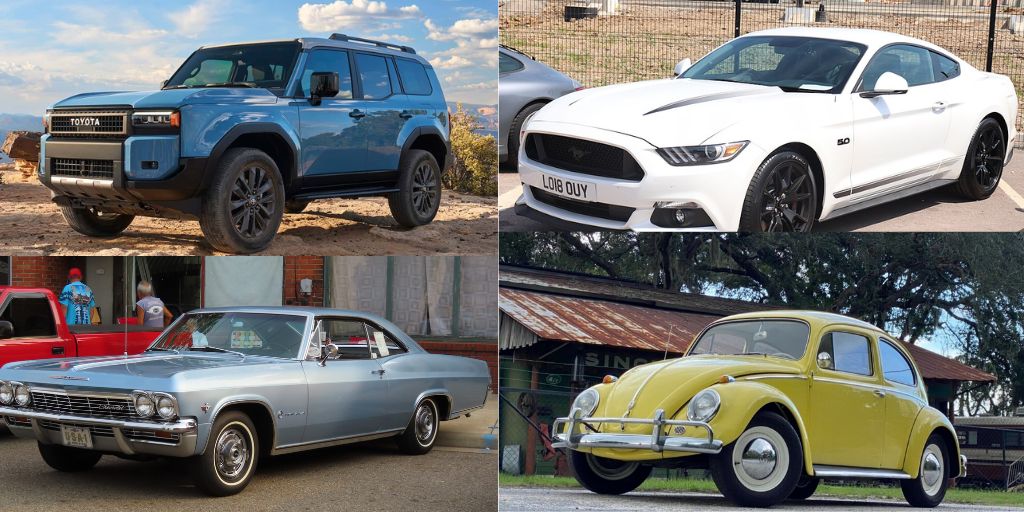When it comes to cars, reliability is key, and while modern vehicles have undoubtedly advanced in technology, old-school cars still hold a special place in automotive history. Many vintage cars were built with incredible craftsmanship, simple mechanics, and rugged durability that allowed them to stand the test of time.
These reliable old-school cars not only evoke nostalgia but also remain functional even decades after their original production. On the flip side, however, some cars from the past were not designed to last and have gained reputations for frequent breakdowns and costly repairs.
In this article, we’ll explore five old-school cars that continue to impress with their reliability, and five that, unfortunately, didn’t live up to expectations.
Whether you’re a car enthusiast, a collector, or simply someone interested in the longevity of older vehicles, this comparison will give you valuable insights into which models have aged like fine wine—and which ones have deteriorated over the years.
Also Read: 5 Cars That Hold Up in Flood Zones and 5 That Fall Apart in Rain
5 Reliable Old-School Cars
Old-school cars often evoke images of classic road trips, vintage car shows, and timeless style. While modern vehicles are loaded with advanced technology, some older models are known for their durability and straightforward engineering.
These cars were designed with a focus on quality materials and reliable mechanics, allowing them to endure years of use and, in some cases, multiple generations of drivers.
The simplicity of their systems often made them easier to maintain, and many have become icons for their longevity and dependability.
In an era when cars were built to last with fewer electronic components and a stronger emphasis on mechanics, it’s no surprise that many vintage models continue to run smoothly, even decades after they first hit the road.
From rugged American muscle cars to trusty Japanese sedans, these old-school cars have earned a reputation for being among the most reliable on the market.
While parts may be harder to find or costly to maintain for some of these models, many owners can attest to the enduring performance these cars offer.
Whether it’s the solid engineering behind a Ford Mustang or the impeccable reliability of a Toyota Land Cruiser, these cars have been proving their worth for years. In this section, we’ll dive into five old-school vehicles that have stood the test of time.
These models are not only worth celebrating for their historical significance but are also practical choices for car enthusiasts looking for a reliable ride from a bygone era.
1. Toyota Land Cruiser (1960s-1980s)
The Toyota Land Cruiser is widely regarded as one of the most reliable old-school vehicles ever built. Known for its exceptional durability and rugged off-road capability, this vehicle has proven itself in some of the toughest environments around the world.
Whether it was transporting military personnel or taking on rough, unpaved roads, the Land Cruiser was designed with simplicity and longevity in mind.
Early models, particularly those from the 1960s to 1980s, featured strong chassis, solid axles, and a straightforward design that made them incredibly easy to repair and maintain.
The absence of complex electronics meant that, even today, many of these Land Cruisers are still running strong, often after hundreds of thousands of miles. In fact, it’s not uncommon for owners to report that their vintage Land Cruisers continue to perform reliably after decades of use.

This legendary reliability, coupled with the Land Cruiser’s off-road capabilities, has earned it a loyal following among adventurers, overlanders, and collectors alike.
It’s not just a car—it’s an icon of durability. Even though some parts can be harder to find today, the Toyota Land Cruiser remains one of the best examples of how a well-built, old-school vehicle can continue to serve drivers long after its production run ended.
2. Ford Mustang (1960s-1970s)
The Ford Mustang is an enduring symbol of American muscle, famous for its powerful engine, bold design, and performance on the road. But what sets the Mustang apart from many other muscle cars of its time is its reliability.
Early Mustang models, particularly those produced in the 1960s and 1970s, were built with a focus on robust engineering, making them surprisingly reliable for cars of that era.
The key to the Mustang’s lasting power lies in its straightforward mechanical design. With a large, reliable V8 engine and a simple yet effective suspension system, these cars were built to last long after they left the factory floor.

Many Mustang owners report their vehicles running well into six-digit mileages, with some still cruising smoothly today with only minor repairs. The car’s sturdy construction and ease of maintenance contributed to its longevity.
The Mustang’s reliability wasn’t just limited to its mechanics—it also boasted a strong chassis that could handle the power of its engine. It’s one of the few muscle cars from the era that remains popular for both daily driving and collector’s purposes, with enthusiasts continuously restoring and maintaining them to keep them on the road.
For those who seek a car that combines iconic style, speed, and dependable performance, the Ford Mustang is the ultimate classic choice that has proven itself as reliable as it is exciting.
3. Chevrolet Impala (1950s-1970s)
The Chevrolet Impala is one of the most beloved American sedans, and for good reason—it’s a classic that continues to impress with its reliability. From the late 1950s through the 1970s, the Impala was known for its smooth ride, comfortable interior, and solid build quality.
While it might not have the raw power of some muscle cars, the Impala made a name for itself as a vehicle that could endure years of use while still delivering dependable performance.
Part of what makes the Impala such a reliable car is its simplicity. Early models, particularly those from the 1960s and 1970s, featured a V8 engine that was relatively easy to repair and maintain.

The car’s large frame and durable suspension meant it could handle long trips and varied road conditions without significant issues.
The Impala’s straightforward design made it easy for mechanics to diagnose and fix, a trait that made it popular among both everyday drivers and car enthusiasts.
Moreover, the Impala’s build quality was among the best of its time, with many surviving vehicles still on the road today. Owners often report that their vintage Impalas have exceeded 200,000 miles, with only essential maintenance and occasional repairs required.
Whether it’s the classic 1960s model or a 1970s variant, the Impala remains a symbol of longevity and reliability, making it a fantastic choice for collectors and vintage car enthusiasts alike.
4. Volkswagen Beetle (1960s-1970s)
The Volkswagen Beetle is arguably one of the most recognizable cars ever made, and it’s also one of the most reliable old-school cars. First introduced in the late 1940s and produced in large numbers throughout the 1960s and 1970s, the Beetle was designed with simplicity, durability, and efficiency in mind.
The car’s air-cooled engine, unique rear-engine design, and basic mechanical components meant that it was not only affordable but also surprisingly easy to maintain and repair.
The Beetle’s reliability comes from its low-tech approach, which ensured that the car could withstand years of hard driving with minimal issues.
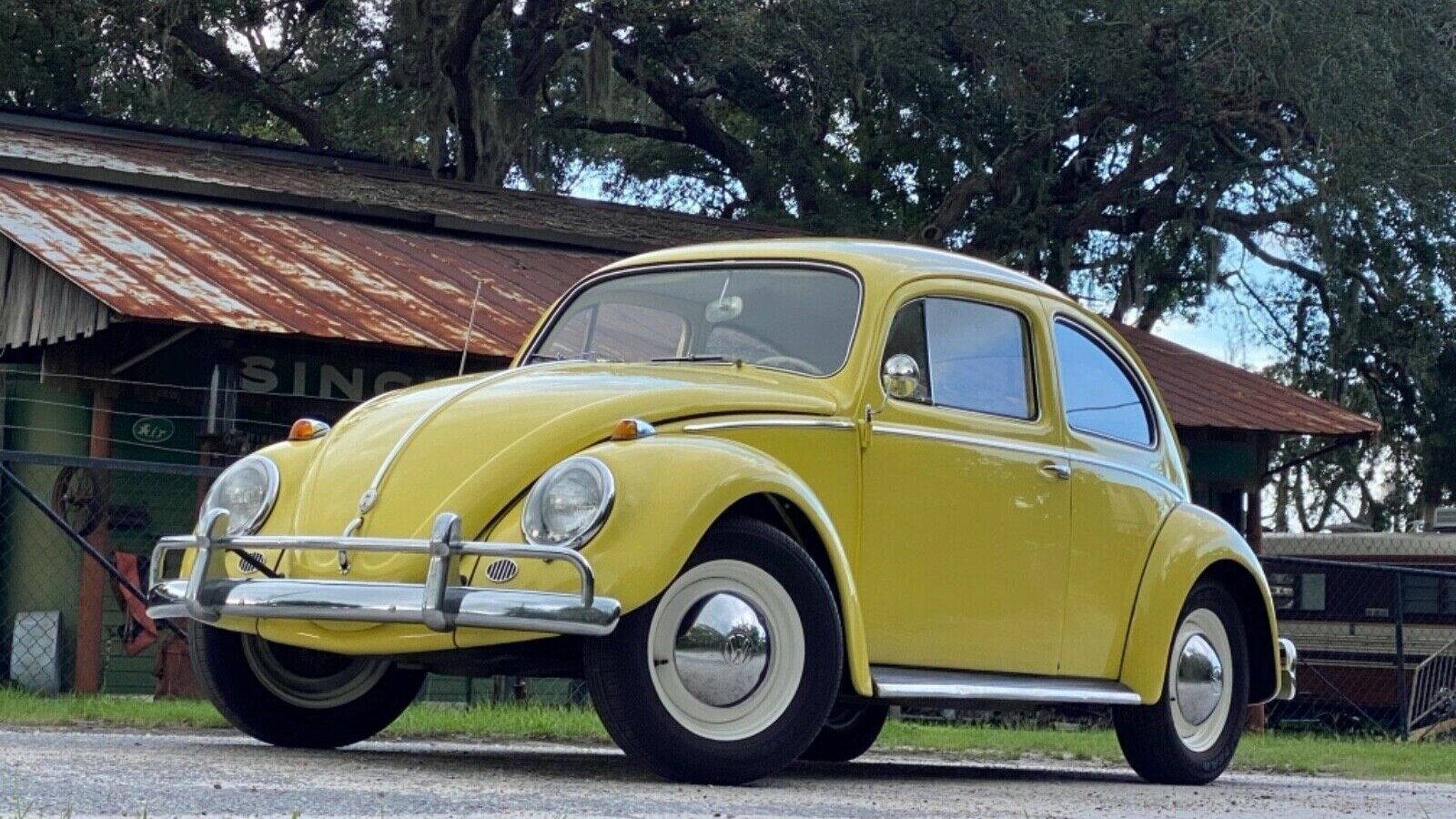
Many owners report that their vintage Beetles have easily exceeded 200,000 miles, thanks to their simple design and robust construction. The car’s small, efficient engine was not only great for fuel economy but also contributed to its long lifespan, as it had fewer complex components that could break down.
Beyond its mechanics, the Beetle’s unique design made it a fun and practical choice for drivers who wanted a dependable car that was also a cultural icon. Whether used as a daily driver or a weekend project car, the Volkswagen Beetle continues to be a symbol of reliable engineering.
Even decades after production stopped, these cars remain a favorite among collectors and vintage car enthusiasts who appreciate their enduring performance and charm.
5. Honda Civic (1970s-1980s)
The Honda Civic is one of the most enduring cars of all time, and for good reason—it has proven to be incredibly reliable, especially in its early years.
When the Civic was first introduced in the late 1970s, it quickly became known for its exceptional fuel efficiency, compact size, and overall durability. These early Civics were designed with simplicity in mind, and their low-maintenance engines contributed to their long-term reliability.
Honda’s focus on quality engineering and reliability allowed the Civic to quickly gain a reputation as a car that could go the distance. Many owners report that their vintage Civics, especially the 1970s and 1980s models, continue to run smoothly after several decades of use.
The small but efficient engine, combined with the car’s lightweight design, made it a great choice for those looking for a dependable car that wouldn’t require frequent repairs. Even today, many old-school Civics can be found on the road, testament to the car’s lasting performance.
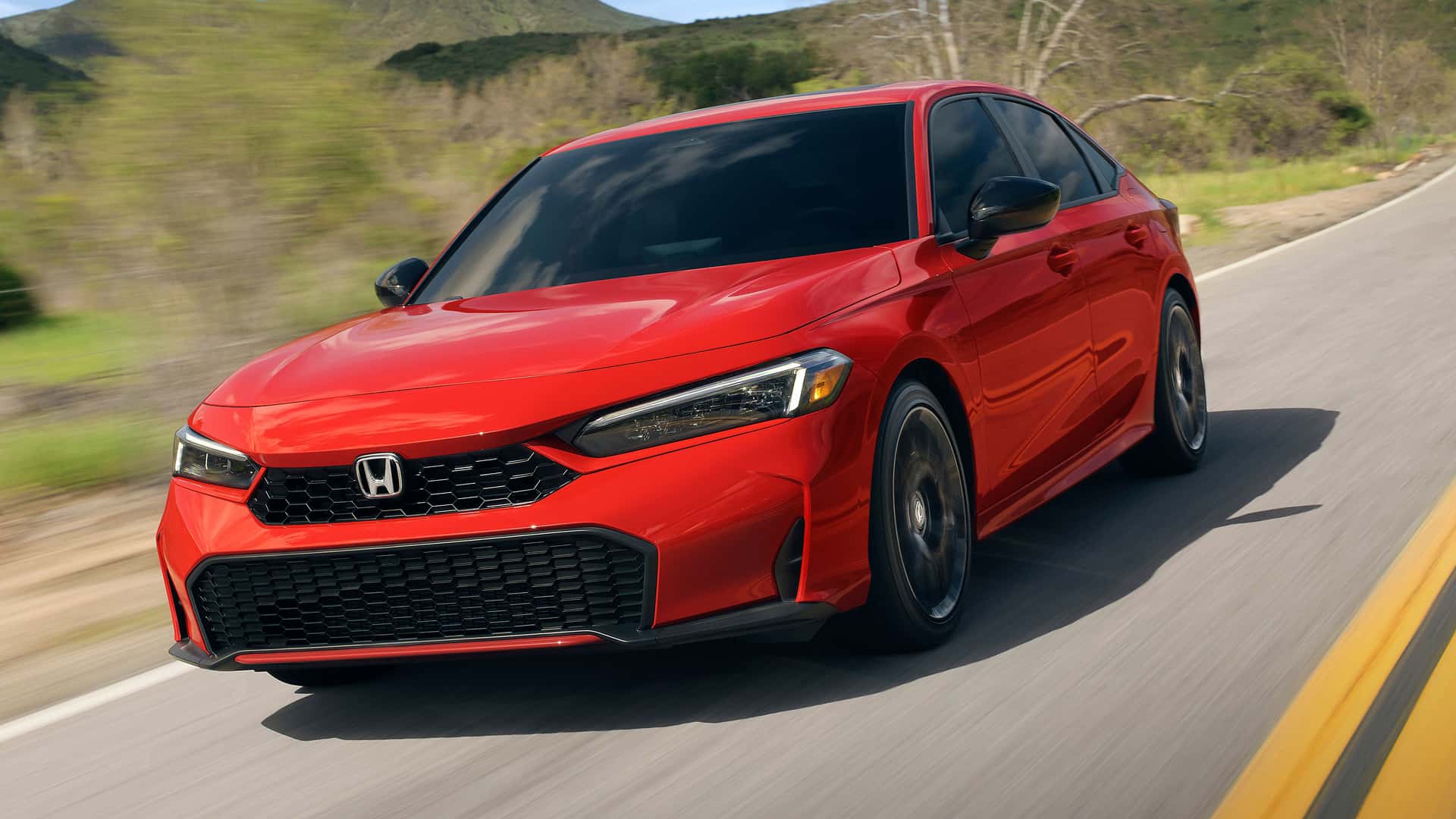
The Honda Civic has become synonymous with reliability, and its strong reputation has only grown over the years. While newer models feature more modern amenities, the early Civics remain a favorite among car enthusiasts who value both efficiency and reliability.
If you’re looking for a dependable old-school car that will get you where you need to go without much hassle, the Honda Civic is an excellent choice.
5 That Weren’t Built to Last
While some old-school cars are renowned for their durability and long-lasting performance, not all vintage vehicles have aged as gracefully. Over the years, certain models have earned a reputation for being unreliable, prone to frequent breakdowns, and in need of constant repairs.
These cars, despite their appeal at the time of release, were often rushed to market without sufficient attention to long-term durability, or their design was simply not built to withstand the test of time.
Manufacturers in the past occasionally prioritized style, performance, or sales over lasting reliability, leading to the production of cars that required more maintenance than their owners initially expected.
Some of these vehicles suffered from poor build quality, flawed engineering, or the use of subpar materials that didn’t hold up as well as their creators had hoped.
Whether it was faulty electrical systems, rust-prone bodies, or engines that couldn’t handle the demands of daily driving, these cars quickly gained notoriety for their inability to stand the test of time.
While these cars may have been beloved by their owners in their prime, their reputation has faded over time as more reliable alternatives became available. In this section, we’ll explore five old-school cars that didn’t make it past their prime.
These models are notorious for their poor reliability and have often left their owners frustrated with repair bills and frequent breakdowns. Despite their once-popular status, these cars just weren’t built to last, and we’ll break down why they failed to stand the test of time.
1. Chrysler Cordoba (1975-1983)
The Chrysler Cordoba was introduced as a luxury compact car in the 1970s, but it quickly gained a reputation for being unreliable. Despite its early success in sales, the Cordoba was plagued with mechanical issues that made it a headache for many owners.
One of the main problems was its transmission, which often required early repairs or replacements. The engine, a 318 V8, was prone to overheating, and the car’s electrical systems frequently malfunctioned, leading to electrical gremlins that frustrated drivers.
The Cordoba’s build quality was also criticized, with many owners reporting issues with rust and body panels that didn’t line up properly. Its soft suspension was often too prone to wear, leading to costly repairs for the suspension system, particularly after just a few years on the road.
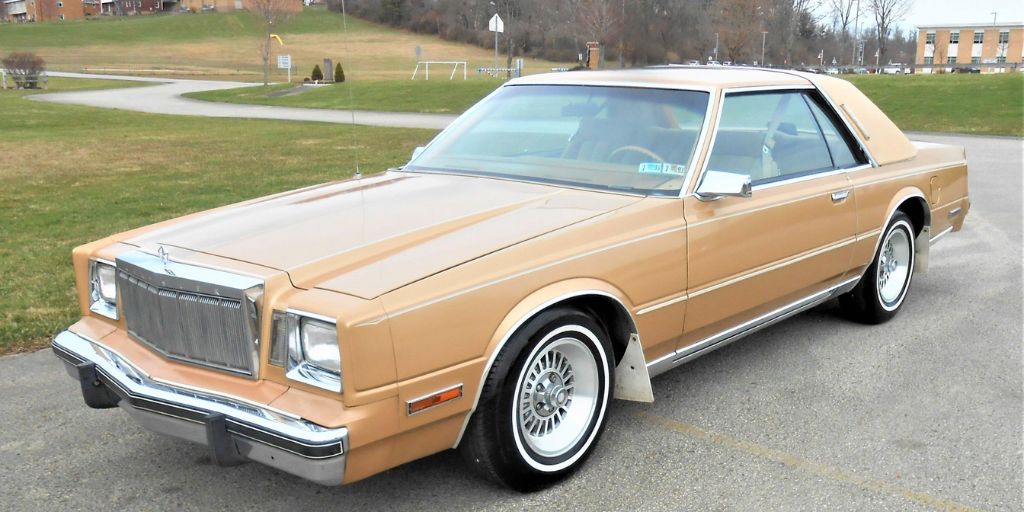
The combination of these mechanical and structural issues meant that the Cordoba didn’t live up to its luxury car aspirations, and it quickly became known as a car that would break down frequently.
While the Cordoba had a decent initial reputation thanks to its stylish design and marketing campaigns, it ultimately failed to live up to the expectations of its owners. Its reputation for being unreliable and difficult to maintain led to a decline in popularity, and it faded from the market after only a few years of production.
The Chrysler Cordoba serves as a reminder of how poor build quality and mechanical issues can tarnish the legacy of even the most promising cars.
2. Ford Pinto (1971-1980)
The Ford Pinto is infamous for its poor build quality and safety issues, making it one of the most notorious cars of the 1970s. While it was designed as an affordable compact car for the masses, the Pinto’s reputation took a nosedive due to serious engineering flaws, particularly in its fuel tank design.
The tank was located in a vulnerable position, and in the event of a rear-end collision, it was prone to catching fire—an issue that led to countless recalls and lawsuits.
Beyond safety concerns, the Pinto was also plagued by engine and transmission problems. The early models, in particular, had weak engines that often struggled to keep up with highway speeds, and their transmissions were known for being unreliable. The car’s suspension system was another weak point, often requiring repairs far sooner than expected.

Many Pinto owners reported frequent breakdowns and issues with the vehicle’s overall durability. Although the car was initially popular due to its affordability, the constant mechanical problems and safety risks quickly overshadowed its low price tag.
This led to a significant loss of consumer confidence, and the Pinto was eventually discontinued. The Pinto’s legacy is one of the most infamous examples of a car that was rushed to market with glaring flaws that were not addressed in time, resulting in a reputation for being both unsafe and unreliable.
3. Chevrolet Vega (1970-1977)
The Chevrolet Vega was one of General Motors’ most ambitious attempts to enter the compact car market during the 1970s. Unfortunately, the Vega quickly became notorious for its myriad reliability issues, particularly its engine and rust problems.
The Vega’s aluminum engine block was prone to warping, leading to frequent overheating issues. In addition, the car’s engine had a tendency to burn oil at an alarmingly high rate, which resulted in high repair costs for owners.
Aside from engine problems, the Vega suffered from major rust issues, especially in the rear wheel wells and undercarriage. Many owners reported that their cars began to rust within just a few years of purchase, making them unsightly and reducing their longevity.
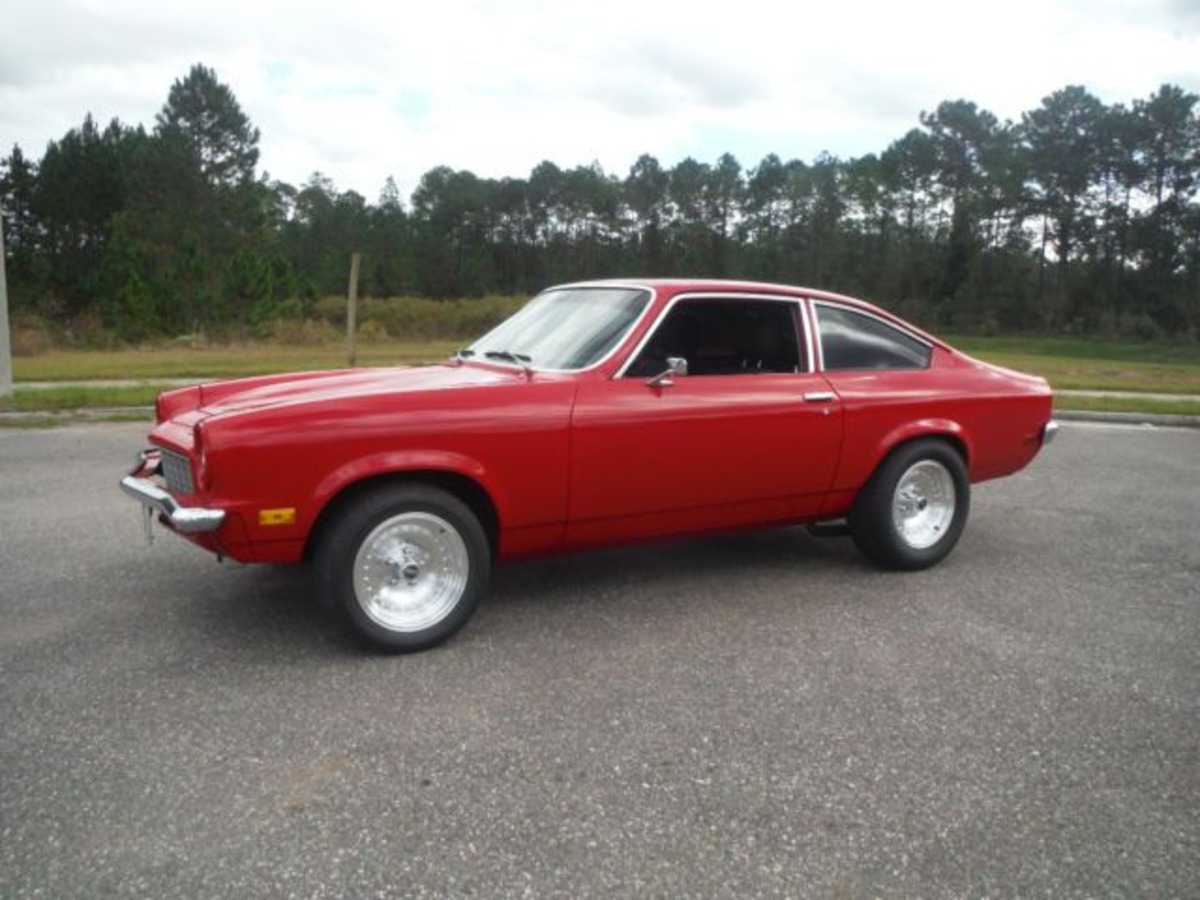
The build quality of the car also left much to be desired, with poor fitment of body panels and a lack of attention to detail in the manufacturing process.
The Chevrolet Vega’s reputation for breaking down frequently and needing constant maintenance led to a significant loss of consumer confidence. Despite being advertised as an affordable, reliable compact car, the Vega failed to live up to expectations.
The combination of a problematic engine, rust issues, and poor build quality led to its rapid decline in sales, and the Vega was discontinued after just a few years. It’s a classic example of a car that seemed promising at first but quickly fell apart due to poor engineering.
4. AMC Gremlin (1970-1978)
The AMC Gremlin was a small, quirky compact car introduced by American Motors Corporation (AMC) in the 1970s. Although it gained some attention for its unconventional design, the Gremlin was widely criticized for its poor build quality and frequent mechanical issues.
Early models were equipped with underpowered engines that struggled to provide adequate performance, and as a result, many owners experienced sluggish acceleration and poor fuel economy.
In addition to performance concerns, the Gremlin was plagued by mechanical failures, particularly with its electrical and suspension systems. Electrical components were prone to failure, leaving drivers with a variety of frustrating issues, from malfunctioning lights to dead batteries.
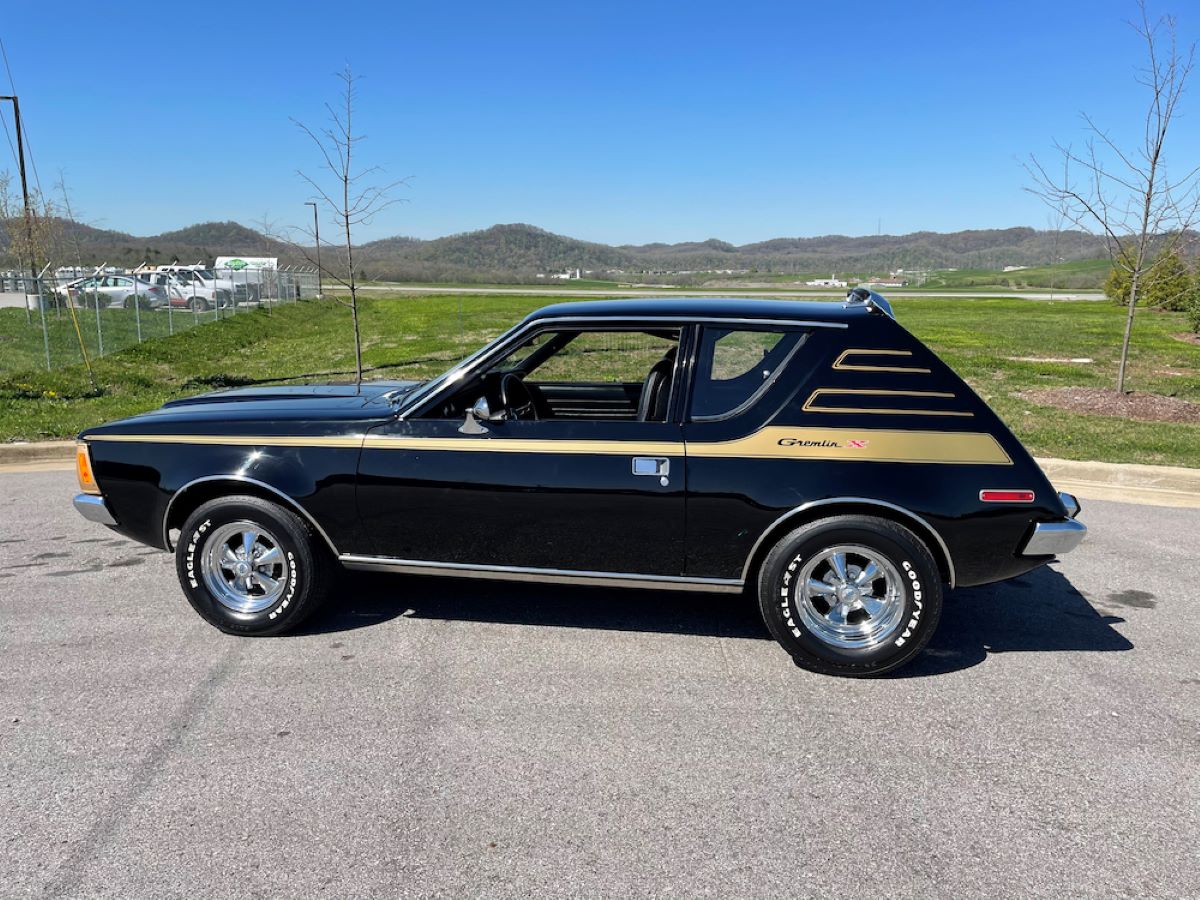
The car’s suspension was also subpar, causing poor handling and premature wear on tires and other parts. Owners frequently reported needing to replace suspension components long before they should have worn out.
Despite its low price and eccentric appeal, the Gremlin quickly became known for being a car that was more trouble than it was worth. Its lack of power, poor build quality, and constant mechanical problems made it a car that didn’t stand up to the test of time.
The Gremlin’s reputation for being unreliable led to its relatively short production run, and it remains one of the more memorable examples of an old-school car that simply wasn’t built to last.
5. Jaguar XJ-S (1975-1996)
The Jaguar XJ-S is often regarded as a beautiful and elegant luxury car, but its reputation for reliability is far less glowing. While the XJ-S had an impressive performance and striking design, it was also notorious for its frequent mechanical and electrical problems.
The car’s electrical systems, in particular, were prone to failure, with issues ranging from malfunctioning wiring to unreliable alternators and ignition systems.
Additionally, the XJ-S’s engine had its own set of problems, including oil leaks and overheating issues. The V12 engine, while powerful, required a great deal of maintenance, and owners often found themselves dealing with expensive repairs.
The car’s suspension and drivetrain were also prone to wear, requiring constant attention from mechanics to keep the vehicle running smoothly.
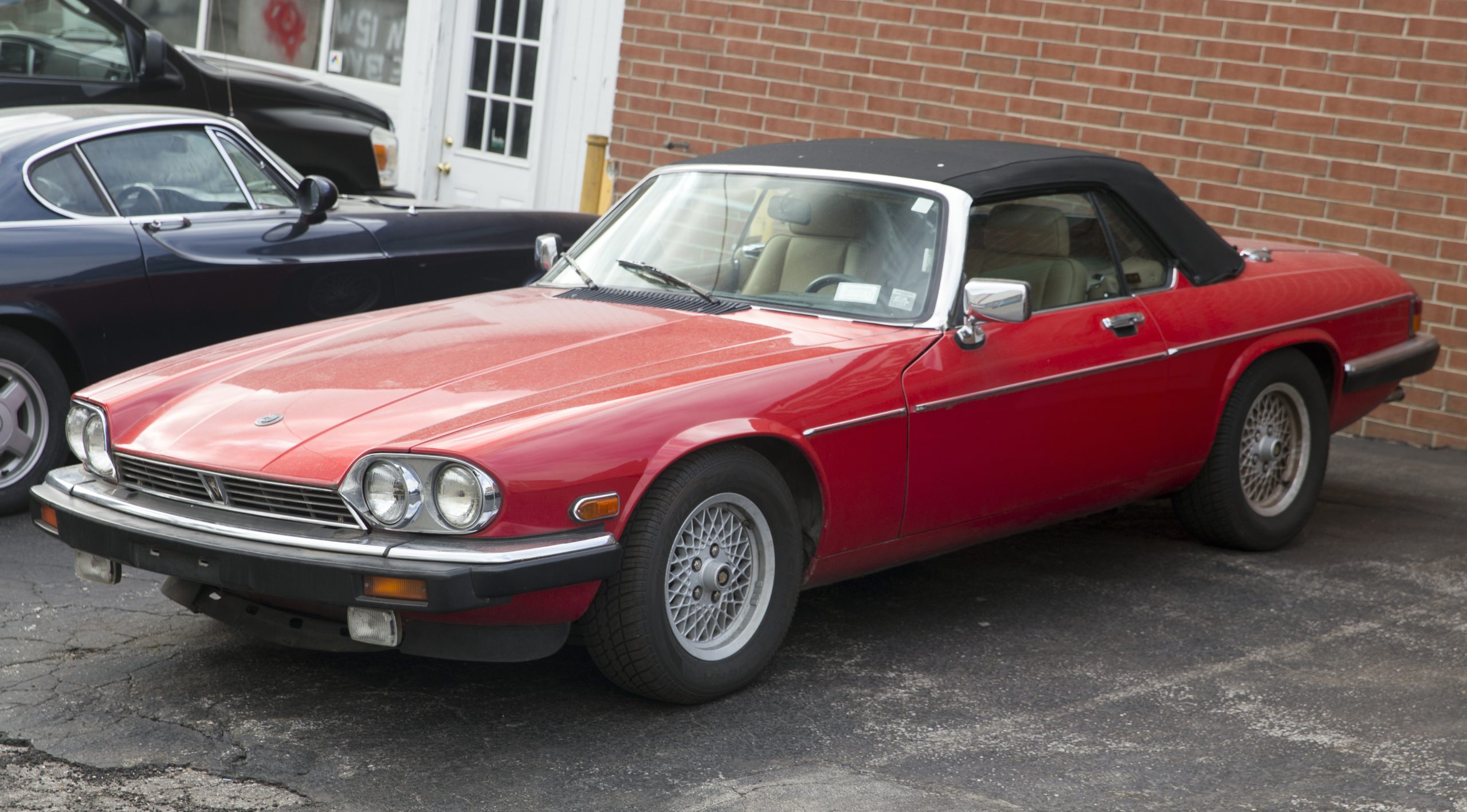
Despite its luxury status and distinctive style, the XJ-S’s reliability issues overshadowed its appeal for many owners. The car’s high repair costs, frequent breakdowns, and need for regular upkeep made it a poor investment for those looking for a dependable vehicle.
While the XJ-S was an iconic sports car, its reputation for unreliability has led to a decline in popularity over the years. Despite its performance capabilities and unique design, the XJ-S is often remembered as a car that didn’t live up to the standards expected from a luxury brand like Jaguar.
When comparing reliable old-school cars to those that weren’t built to last, the key differences lie in design, engineering, and the attention to long-term durability. The vehicles that have stood the test of time, like the Toyota Land Cruiser, Ford Mustang, and Volkswagen Beetle, all share a common trait: simplicity.
These cars were designed with robust mechanics and easy-to-maintain systems, allowing them to endure decades of use with relatively minimal repairs.
Their lasting appeal lies in their proven track record of reliability, whether it’s the ruggedness of the Land Cruiser or the endurance of the Honda Civic.
These models represent the gold standard for vehicles that have not only survived but thrived as collector’s items and everyday drivers.
On the other hand, the cars that weren’t built to last, such as the Chrysler Cordoba, Ford Pinto, and Chevrolet Vega, suffered from poor engineering decisions and subpar construction.
While they might have been innovative or stylish at the time, their frequent breakdowns, safety issues, and costly repairs quickly overshadowed any appeal.
These cars often had weaknesses in critical systems like the engine, transmission, or electrical components, leading to short lifespans and frustrated owners. The legacy of these vehicles serves as a cautionary tale, illustrating the importance of durability in car design and manufacturing.
In the end, choosing a reliable old-school car over a model that wasn’t built to last can make all the difference in terms of maintenance costs and overall satisfaction.
While vintage cars often come with their own set of challenges, those that have earned a reputation for reliability continue to shine as symbols of engineering excellence.
The cars that didn’t live up to expectations, however, remind us of how crucial it is for automakers to focus on building cars that not only meet the needs of the moment but are also designed to last.
Also Read: 5 Cars Mechanics Recommend and 5 They Warn You About

